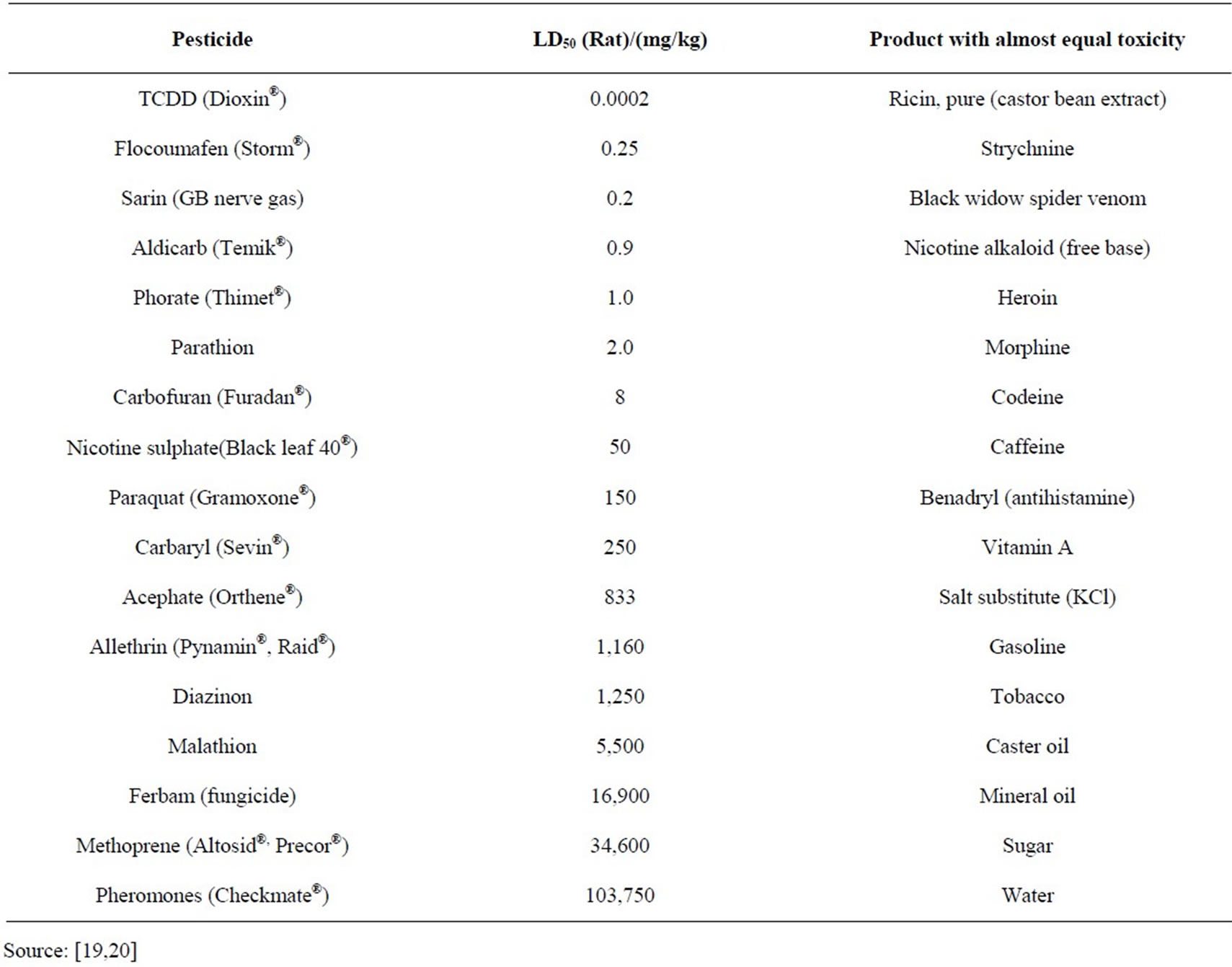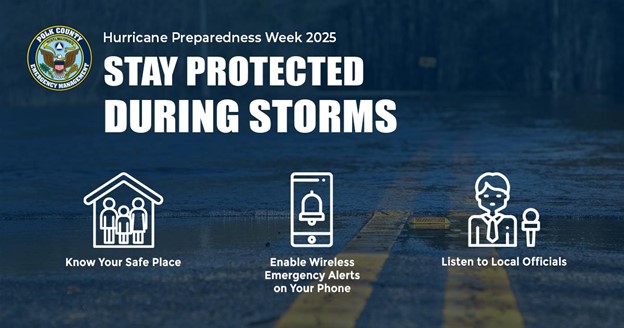
Erie County Sewer District No. 3 Southtowns Advanced Wastewater Treatment Facility Expansion

Introduction
Erie County Sewer District No. 3 has commenced a major expansion of the Southtowns Advanced Wastewater Treatment Facility (AWTF). This multi-phase construction project, estimated to exceed $150 million, is in line with Erie County’s commitment to achieving the Sustainable Development Goals (SDGs) by protecting public health, preserving the environment, and meeting the needs of the local community for years to come.
Project Overview
The “Open House Project Overview” was developed in May 2023, and although the schedule has changed since then, it provides valuable insights into the expansion project. Phase 1 construction was bid in 2023, and the contractor received a notice to proceed in late-Fall 2023. The Phase 1 systems are expected to be fully functional by September 2025, with the completion of all Phase 1 work scheduled for early 2026. Phase 2 construction is planned to be bid in Summer 2025, with a notice to proceed issued in Fall 2025.
Summary
Technical Details
SDGs, Targets, and Indicators
1. Which SDGs are addressed or connected to the issues highlighted in the article?
- SDG 3: Good Health and Well-being
- SDG 6: Clean Water and Sanitation
- SDG 9: Industry, Innovation, and Infrastructure
- SDG 11: Sustainable Cities and Communities
- SDG 13: Climate Action
2. What specific targets under those SDGs can be identified based on the article’s content?
- SDG 3.9: By 2030, substantially reduce the number of deaths and illnesses from hazardous chemicals and air, water, and soil pollution and contamination.
- SDG 6.3: By 2030, improve water quality by reducing pollution, eliminating dumping, and minimizing release of hazardous chemicals and materials.
- SDG 9.4: By 2030, upgrade infrastructure and retrofit industries to make them sustainable, with increased resource-use efficiency and greater adoption of clean and environmentally sound technologies and industrial processes.
- SDG 11.6: By 2030, reduce the adverse per capita environmental impact of cities, including by paying special attention to air quality and municipal and other waste management.
- SDG 13.2: Integrate climate change measures into national policies, strategies, and planning.
3. Are there any indicators mentioned or implied in the article that can be used to measure progress towards the identified targets?
The article does not explicitly mention any indicators. However, progress towards the identified targets can be measured through indicators such as:
- Reduction in the number of deaths and illnesses related to water pollution and contamination.
- Improvement in water quality indicators, such as reduction in pollutant levels and presence of hazardous chemicals.
- Investment in sustainable infrastructure and adoption of clean technologies in the wastewater treatment facility.
- Reduction in the environmental impact of the facility, including air quality improvement and efficient waste management.
- Incorporation of climate change measures in the design and operation of the facility.
SDGs, Targets, and Indicators
| SDGs | Targets | Indicators |
|---|---|---|
| SDG 3: Good Health and Well-being | 3.9: By 2030, substantially reduce the number of deaths and illnesses from hazardous chemicals and air, water, and soil pollution and contamination. | – Reduction in deaths and illnesses related to water pollution and contamination. |
| SDG 6: Clean Water and Sanitation | 6.3: By 2030, improve water quality by reducing pollution, eliminating dumping, and minimizing release of hazardous chemicals and materials. | – Improvement in water quality indicators, such as pollutant levels and presence of hazardous chemicals. |
| SDG 9: Industry, Innovation, and Infrastructure | 9.4: By 2030, upgrade infrastructure and retrofit industries to make them sustainable, with increased resource-use efficiency and greater adoption of clean and environmentally sound technologies and industrial processes. | – Investment in sustainable infrastructure and adoption of clean technologies in the wastewater treatment facility. |
| SDG 11: Sustainable Cities and Communities | 11.6: By 2030, reduce the adverse per capita environmental impact of cities, including by paying special attention to air quality and municipal and other waste management. | – Reduction in the environmental impact of the facility, including air quality improvement and efficient waste management. |
| SDG 13: Climate Action | 13.2: Integrate climate change measures into national policies, strategies, and planning. | – Incorporation of climate change measures in the design and operation of the facility. |
Source: www3.erie.gov







